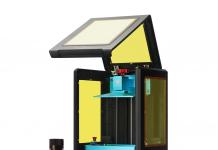The German audio equipment producer has launched the successor to their Orpheus line, what might be not only the best product in their portfolio, but also the world’s best headphones.
The first generation of Orpheus headphones saw the light of day in the ’90s, when the company simply asked its engineers to come up with the best headphones in the world. Back then, they created 300 sets of headphones, each selling for $16,000. Obviously, a lot of progress has been made since then both as far as materials are concerned, and the processes of quality assurance. What the company has launched now is touted to be probably the best pair of headphones in the world, but at $55,000, it’s clear that only wealthy audiophiles will have access to them.
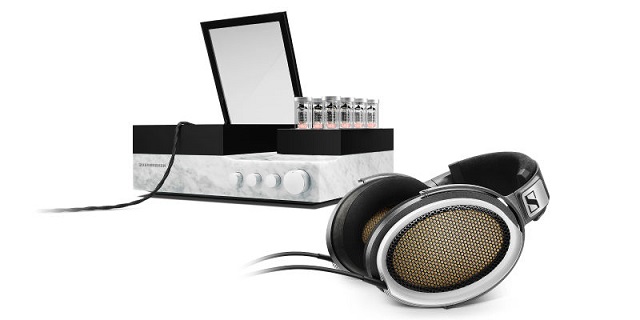
Needless to say, the engineers who developed the new Orpheus headphones didn’t do it overnight. As a matter of fact, they spent over a decade producing these, updating the electrostatic design and separate amplifier of the previous generation. That electrostatic design is precisely what makes the headphones so expensive, as a static electric charge needs to be placed on a thin film that’s positioned between two plates. The lighter-than-the-air-surrounding-it film oscillates and produces sound whenever audio signal voltage is applied to it. Because of the light weight, there are no resonances or damping sounds, and the resulting sound is spectacularly clear.
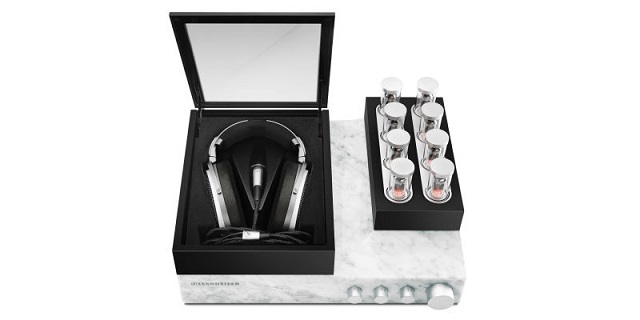
According to Sennheiser, the amp “combines the superior impulse processing of a tube amplifier with the low distortion of a transistor amplifier.” The audio engineers added in a press release that “The decoupling of the tubes in combination with the damping properties of the marble has the effect of reducing structure-borne noise to an absolute minimum.”
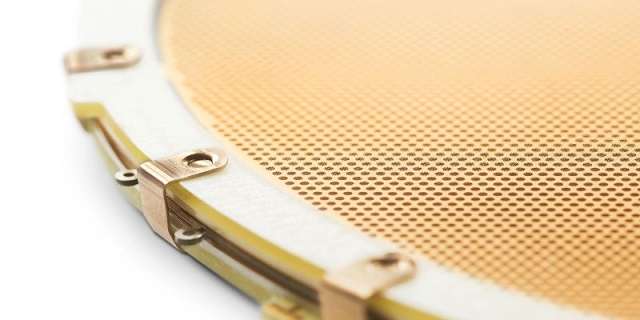
The Carrara marble on which the eight vacuum tubes are positioned simply makes the amp look like something the ancient Greeks or Romans would have used. Sennheiser explained that the MOS-FET transistors used in the amp “have a square characteristic curve to prevent the hard distortion that occurs in amplifiers with bi-polar transistors.”
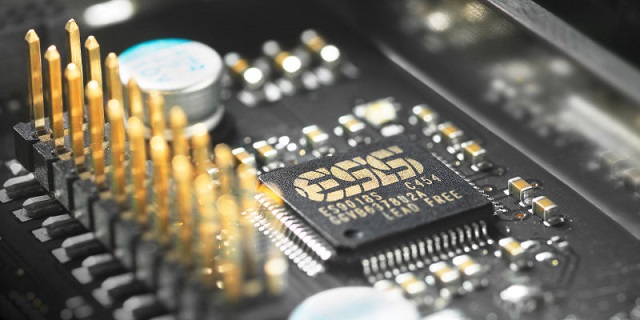
A 2.4 microns-thick platinum-vaporised diaphragm positioned between two gold-vaporised ceramic electrodes is used for producing the actual sound. This component adds to the prohibitive price of the final product.
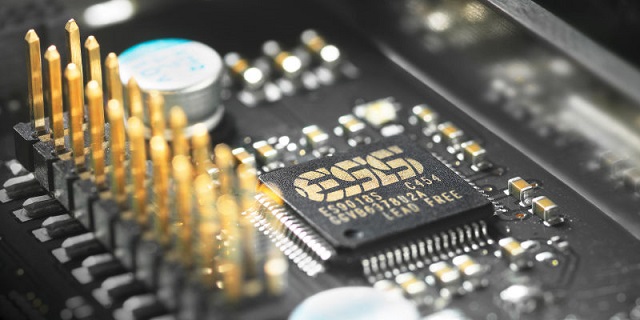
Digital music is handled by the ESS SABRE ES9018 chip that’s aided by eight internal DACs to convert audio data at a resolution of 32 bits and a sampling rate of up to 384kHz.
The on-off button of the entire ensemble triggers the controls and the vacuum tubes to rise out of the marble, and raises a protective glass cover that protects the headphones.
As far as the sound quality is concerned, Sennheiser’s Axel Grell claimed that “in some music pieces that I had known for years, I suddenly became aware of details which I had never perceived before. I found this really moving.”
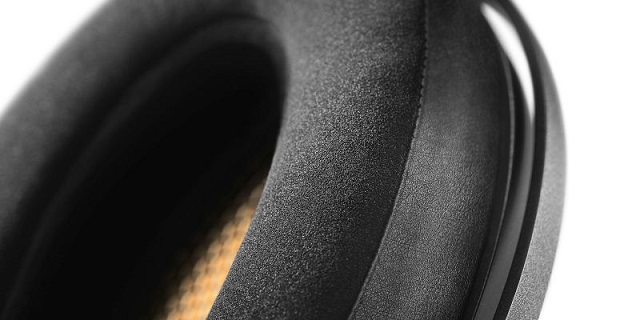
Just in case the new Orpheus headphones and amplifier are slightly out of your budget, you might want to check Amazon for some earthly priced Sennheiser products.
Be social! Follow Walyou on Facebook and Twitter, and read more related stories about 21 stylish headphones to put on your wishlist, or the Kokoon EEG headphones that enable lucid dreaming.
[via Gizmodo]





